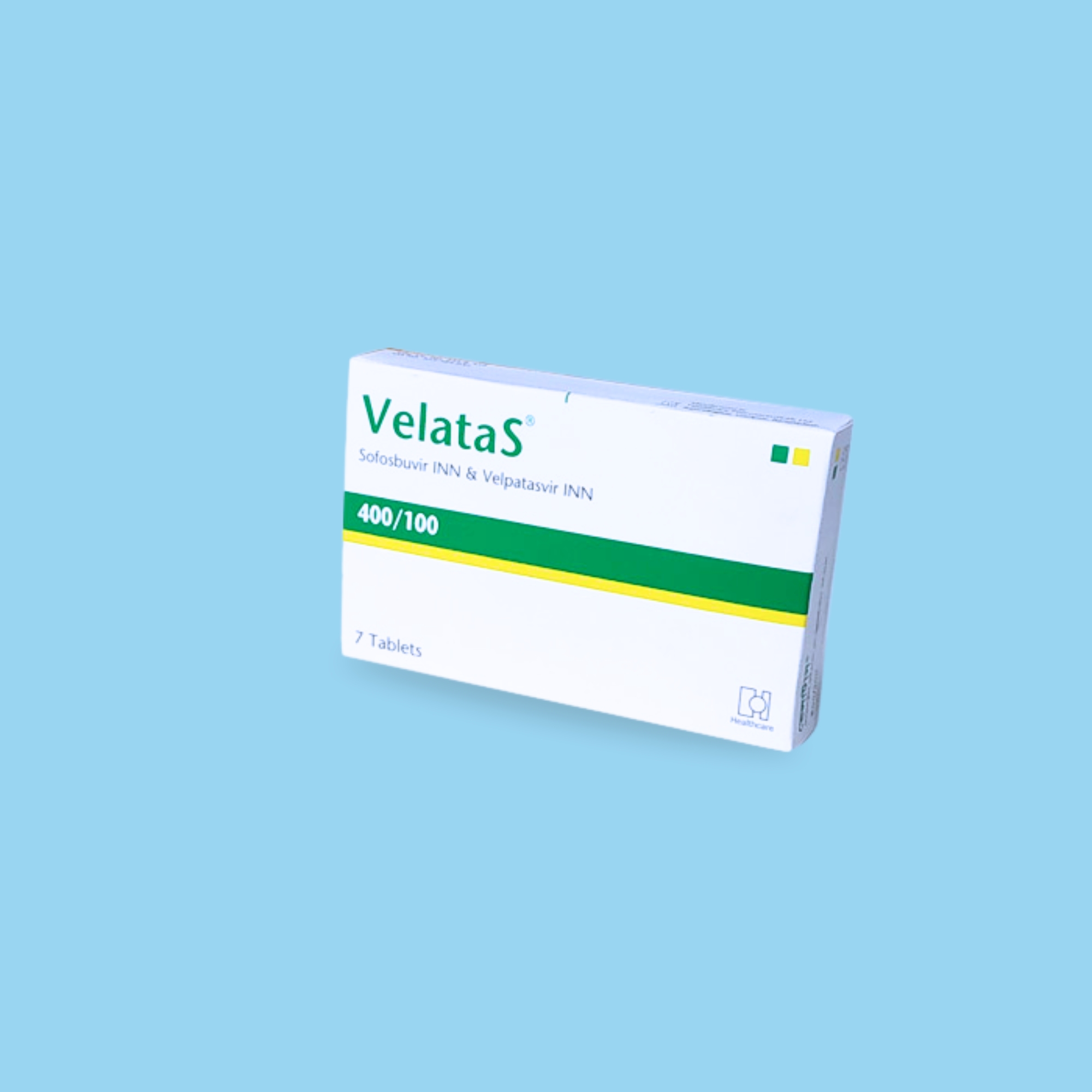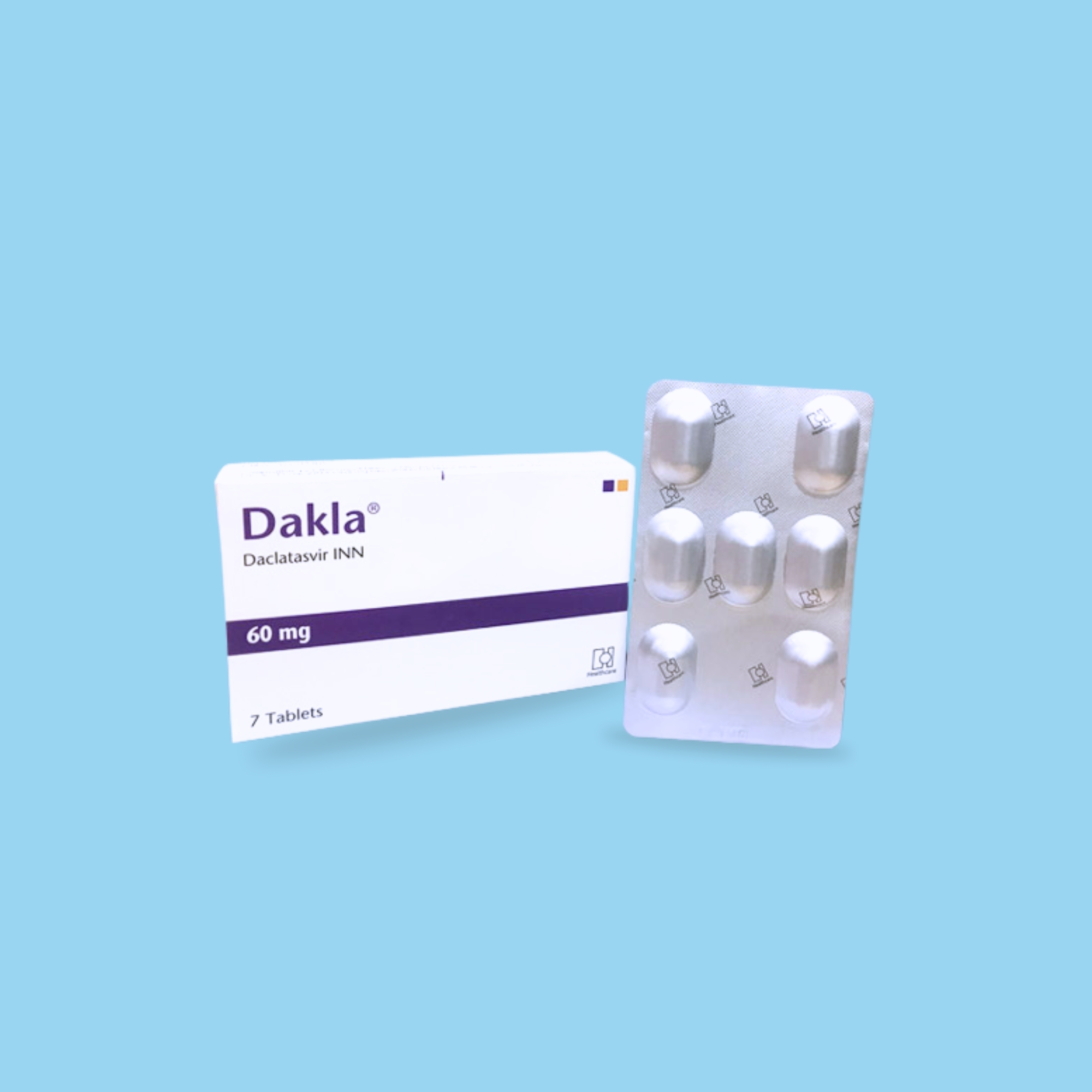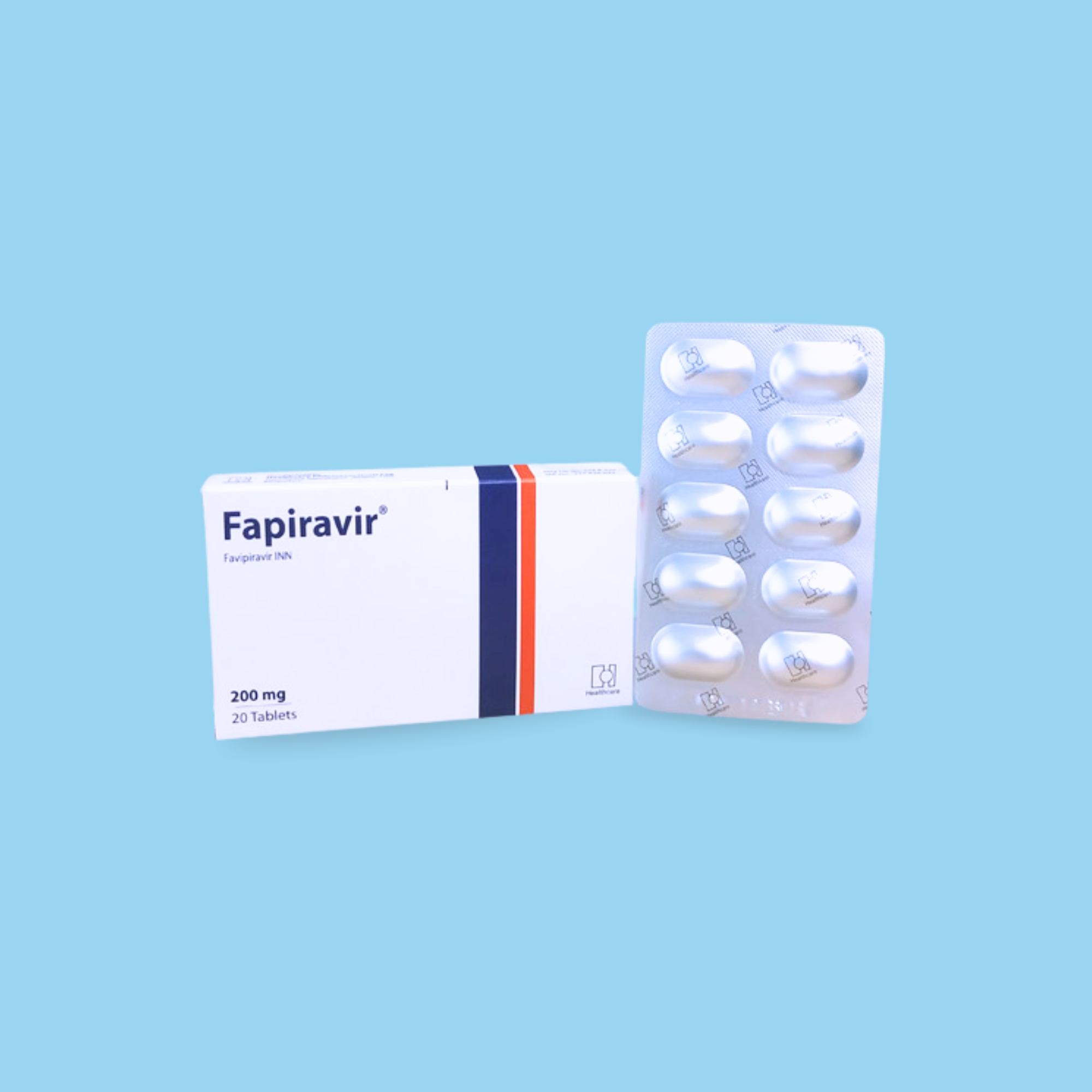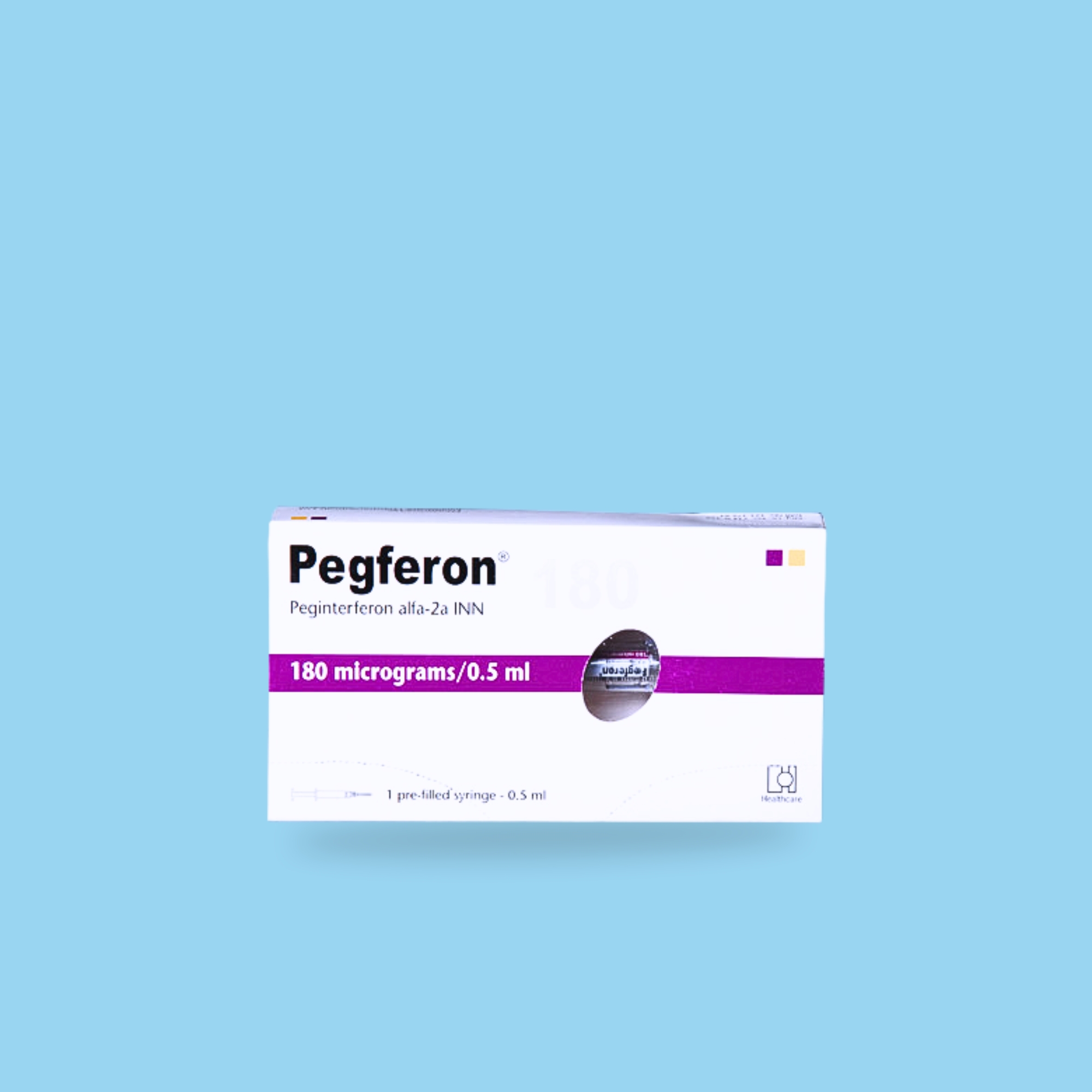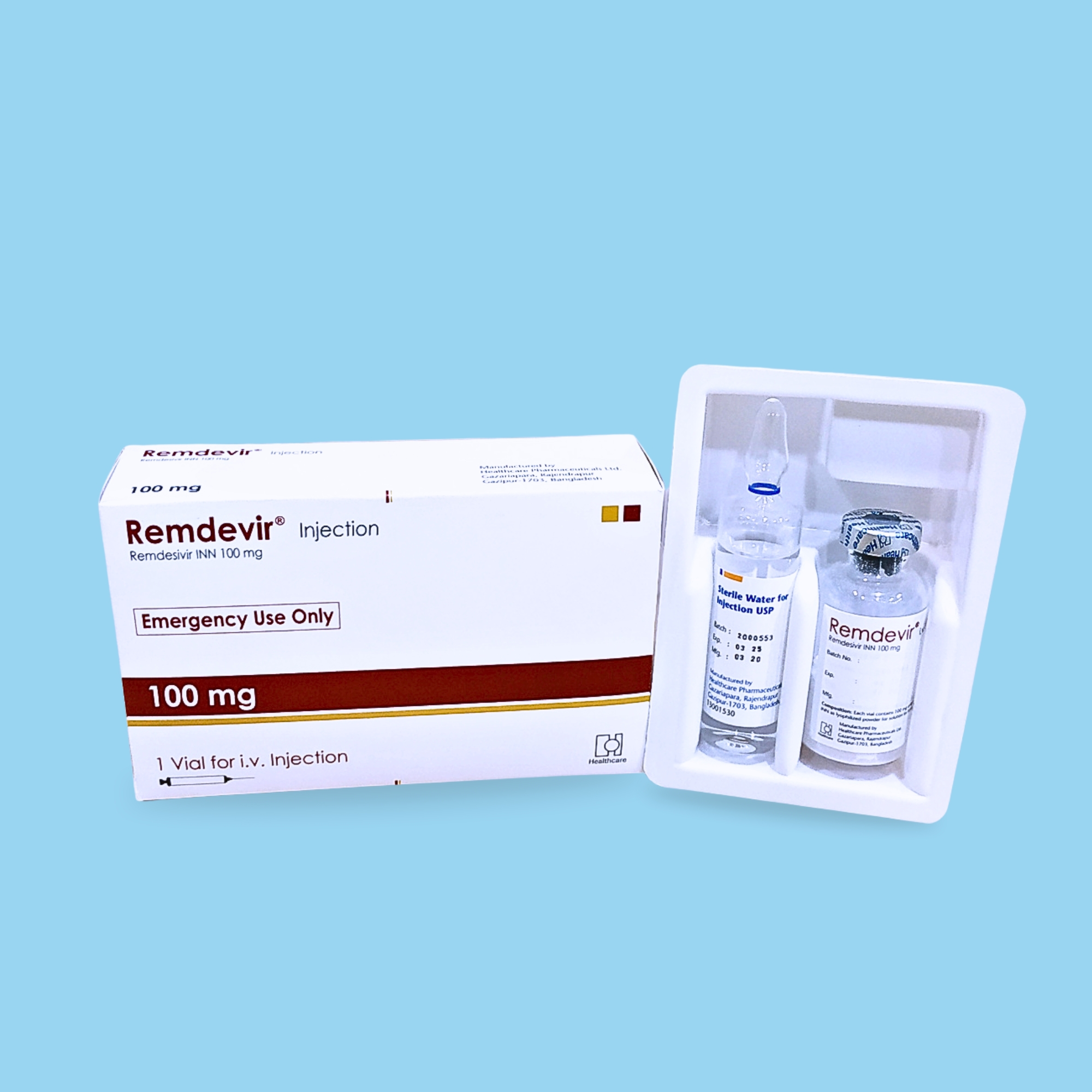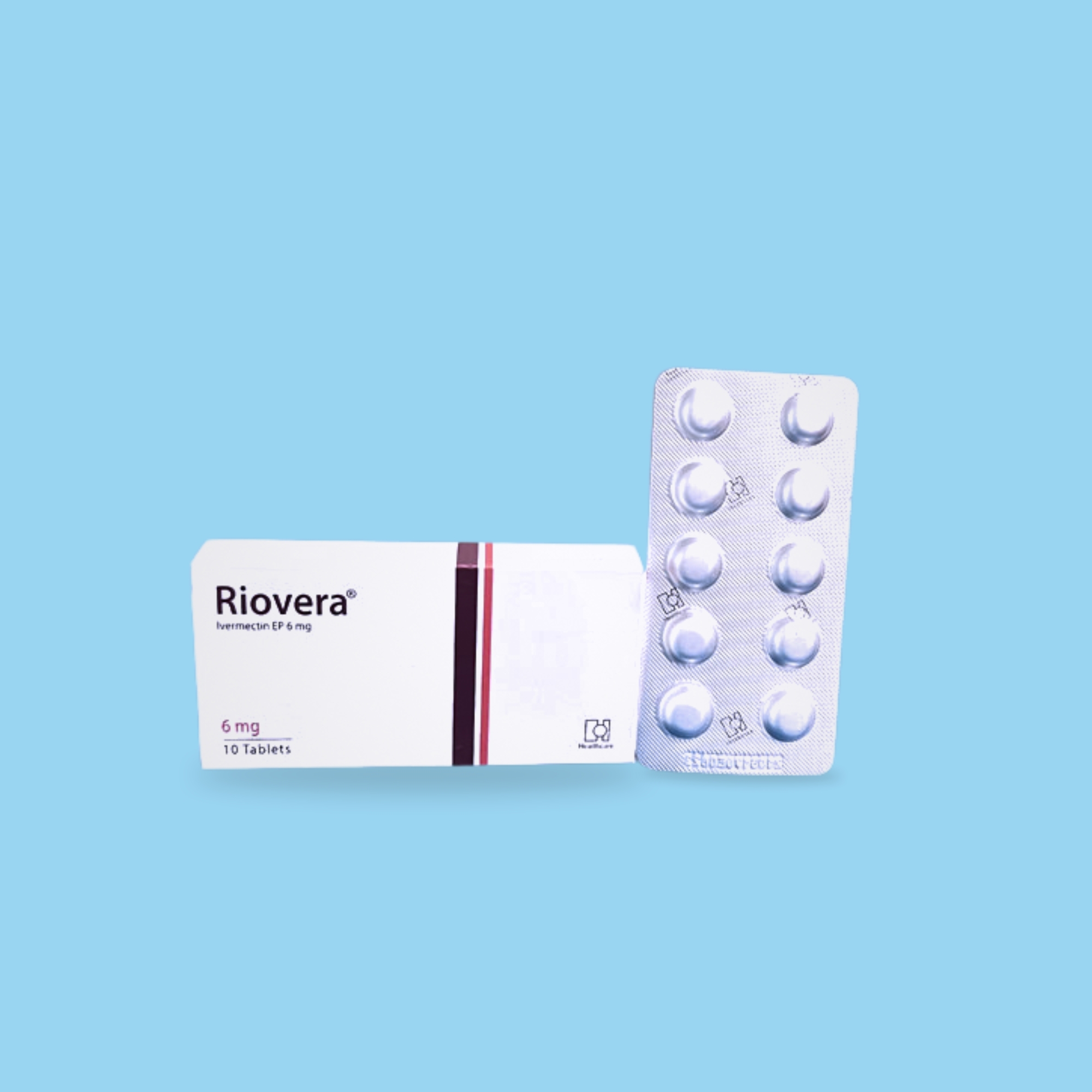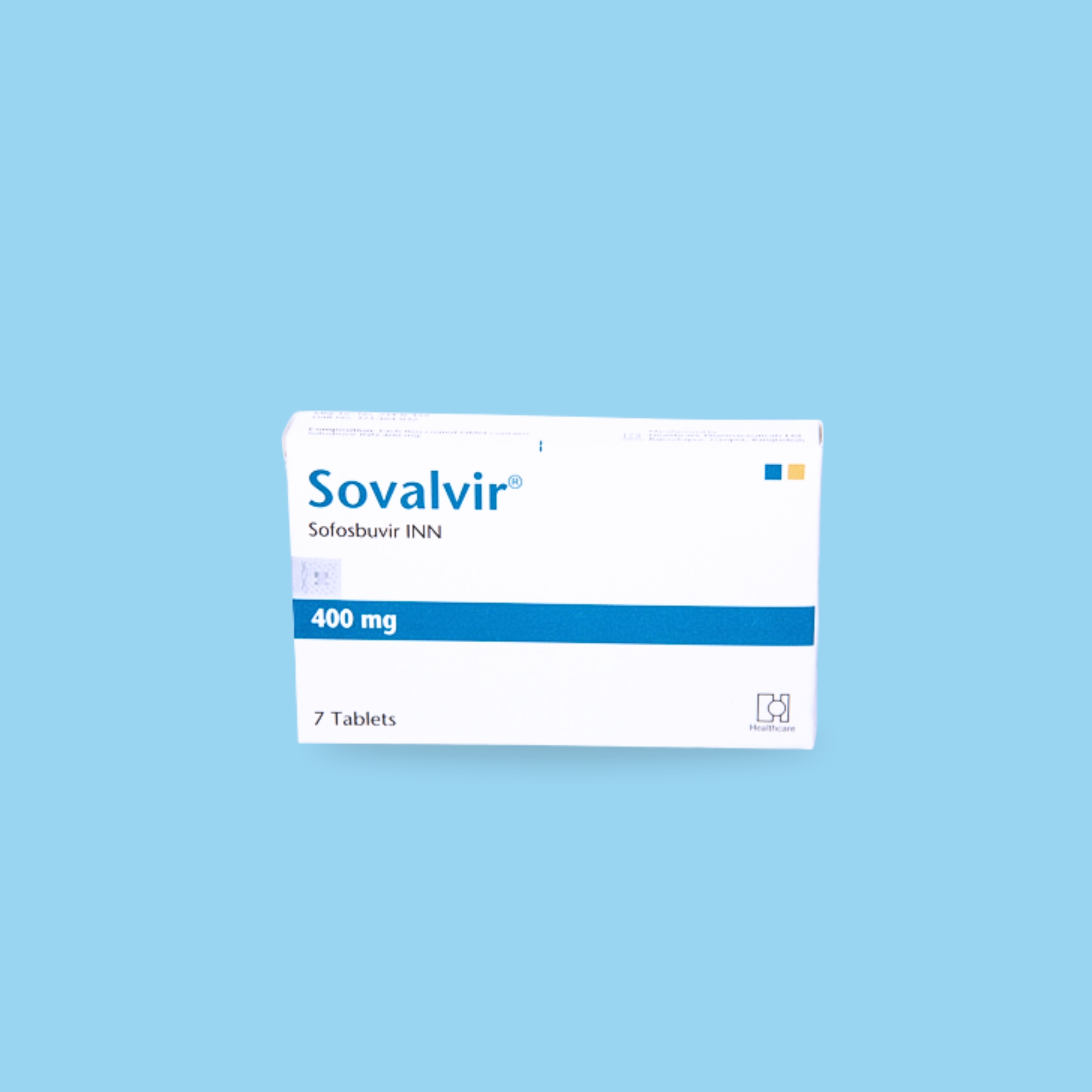VelataS® is a fixed-dose combination of Sofosbuvir and Velpatasvir, which are direct-acting antiviral agents against the hepatitis C virus.
Sofosbuvir is an inhibitor of the HCV NS5B RNA-dependent RNA polymerase, which is required for viral replication. It is a nucleotide prodrug that undergoes intracellular metabolism to form the pharmacologically active uridine analog triphosphate, inhibiting viral replication by incorporating into HCV RNA and acting as a chain terminator.
Velpatasvir is an inhibitor of the HCV NS5A protein, blocking the action of the viral protein and inhibiting viral replication.

VelataS® is indicated for the treatment of adult patients with chronic hepatitis C virus (HCV) genotype 1, 2, 3, 4, 5 or 6 infection:
Without cirrhosis or with compensated cirrhosis.
With decompensated cirrhosis for use in combination with Ribavirin.

The recommended dosage of VelataS® is one tablet taken orally once daily, with or without food. The recommended treatment regimen and duration, based on the patient population, are given below:
Table 1: Recommended Treatment Regimen in Patients with Genotype 1, 2, 3, 4, 5, or 6 HCV
When administered with VelataS®, the recommended dosage of Ribavirin is based on weight (administered with food):
1000 mg per day for patients weighing less than 75 kg.
1200 mg per day for patients weighing at least 75 kg, divided and administered twice daily.
The starting dosage and on-treatment dosage of Ribavirin may be reduced based on hemoglobin levels and creatinine clearance. For Ribavirin dosage modifications, refer to the Ribavirin prescribing information.
No Dosage Recommendations in Severe Renal Impairment and End-Stage Renal Disease
No dosage recommendation can be given for patients with severe renal impairment (estimated Glomerular Filtration Rate (eGFR) less than 30 mL/min/1.73 m²) or end-stage renal disease (ESRD) due to significantly higher exposures (up to 20-fold) of the predominant Sofosbuvir metabolite.

The serious adverse reaction observed with VelataS® is symptomatic bradycardia when coadministered with Amiodarone.
The most common adverse reactions (incidence ≥10%, all grades) observed with VelataS® treatment for 12 weeks are headache and fatigue.
The most common adverse reactions (incidence ≥10%, all grades) observed with VelataS® and Ribavirin treatment for 12 weeks in patients with decompensated cirrhosis include fatigue, anemia, nausea, headache, insomnia, and diarrhea.

VelataS® and Ribavirin combination therapy is contraindicated in patients for whom Ribavirin is contraindicated. Refer to the Ribavirin prescribing information for a full list of contraindications.

Serious Symptomatic Bradycardia When Sofosbuvir is Coadministered with Amiodarone and Another HCV Direct-Acting Antiviral
Coadministration of Amiodarone with Sofosbuvir/Velpatasvir is not recommended.
For patients taking Amiodarone who have no alternative treatment options and require Sofosbuvir/Velpatasvir:
Counsel patients about the risk of symptomatic bradycardia.
Cardiac monitoring in an in-patient setting is recommended for the first 48 hours of coadministration, followed by outpatient or self-monitoring of heart rate for at least two weeks.
Patients who need to start Amiodarone therapy while on Sofosbuvir/Velpatasvir should undergo similar cardiac monitoring.
Due to Amiodarone's long half-life, patients discontinuing Amiodarone just before starting Sofosbuvir/Velpatasvir should also undergo similar cardiac monitoring.
Patients experiencing signs or symptoms of bradycardia should seek medical evaluation immediately. Symptoms may include:
Near-fainting or fainting
Dizziness or lightheadedness
Malaise, weakness, excessive tiredness
Shortness of breath
Chest pain
Confusion or memory problems
Risk of Reduced Therapeutic Effect Due to Concomitant Use with Inducers of P-gp and/or Moderate to Potent Inducers of CYP
Drugs that are inducers of P-gp and/or moderate to potent inducers of CYP2B6, CYP2C8, or CYP3A4 (e.g., Rifampin, St. John's wort, Carbamazepine) may significantly decrease plasma concentrations of Sofosbuvir and/or Velpatasvir, potentially reducing therapeutic effectiveness. The use of these agents with Sofosbuvir/Velpatasvir is not recommended.
Risks Associated with Ribavirin and Sofosbuvir/Velpatasvir Combination Treatment
If Sofosbuvir/Velpatasvir is administered with Ribavirin, the warnings and precautions for Ribavirin apply to this combination regimen. Refer to the Ribavirin prescribing information for a full list of warnings and precautions.

Potential for Other Drugs to Affect Sofosbuvir & Velpatasvir
Sofosbuvir and Velpatasvir are substrates of drug transporters P-gp and BCRP, while GS-331007 (the predominant circulating metabolite of Sofosbuvir) is not.
In vitro studies have shown that Velpatasvir undergoes slow metabolic turnover by CYP2B6, CYP2C8, and CYP3A4.
Drugs that induce P-gp and/or CYP enzymes may reduce Sofosbuvir and Velpatasvir plasma concentrations, decreasing therapeutic effectiveness.
The use of these agents with Sofosbuvir/Velpatasvir is not recommended.
Potential for Sofosbuvir & Velpatasvir to Affect Other Drugs
Velpatasvir is an inhibitor of P-gp, BCRP, OATP1B1, OATP1B3, and OATP2B1.
Coadministration with substrates of these transporters may increase drug exposure.
Use in Specific Populations

Pregnancy: If VelataS® is administered with Ribavirin, the combination regimen is contraindicated in pregnant women and in men whose female partners are pregnant. Refer to the Ribavirin prescribing information for details on pregnancy-related risks.
Lactation: It is unknown whether VelataS® or its metabolites are excreted in human breast milk, affect milk production, or have effects on the breastfed infant.
Pediatric Patients: The safety and effectiveness of VelataS® in pediatric patients have not been established.
Geriatric Patients: No dosage adjustment of VelataS® is required in geriatric patients.

No specific antidote is available for VelataS® overdose. If overdose occurs, patients should be monitored for toxicity, including vital signs and clinical status.
Hemodialysis can efficiently remove the predominant circulating Sofosbuvir metabolite, GS-331007, with an extraction ratio of 53%.
Hemodialysis is unlikely to significantly remove Velpatasvir due to its high plasma protein binding.

Store at a temperature not exceeding 30°C in a dry place. Protect from light and moisture.
Medicine: Keep out of reach of children.


